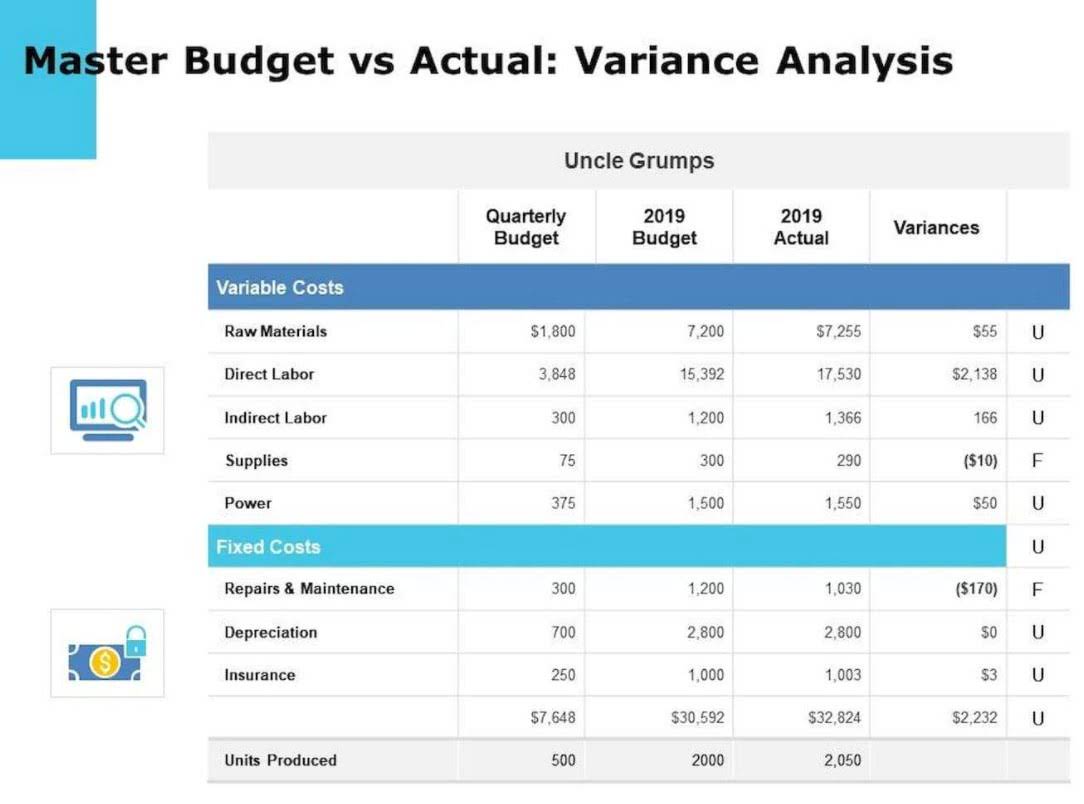
In contrast, non-cumulative dividends do not require the company to pay missed dividends in future periods, placing more risk on you as a shareholder if the company encounters financial difficulties. The company’s profitability directly impacts its ability to fulfill cumulative dividend obligations, making your investment in cumulative dividend stocks often more secure. Understanding this distinction can help you make informed decisions regarding your investment strategy and portfolio diversification.
How Noncumulative Preferred Stock Works
- Shareholders do not have an automatic right to dividends and companies can declare different dividends for different stock classes.
- The issuing company can resume paying dividends at any time and do not need to backtrack payments in any way.
- Although it’s easy enough to calculate your dividends by hand, you might prefer to use an online cumulative dividend calculator or construct a spreadsheet to handle the task for you.
- The difference in yield can give an investor a good sense of how attractive noncumulative preferred stocks are relative to alternative investments.
- The company’s board of directors can suspend dividend payments at any time without triggering legal consequences.
- Noncumulative preferred stock is extremely rare, because it places the holders of the stock in the uncertain position of not having an assured income stream.
The board of directors of the company decides when and if dividends will be declared. It’s important to note, as per the corporate law of most states, including Delaware, companies are prohibited from declaring dividends unless they meet certain minimum financial criteria. These financial regulations are in place to ensure that companies can fulfill their financial obligations to third parties post-dividend declaration. When it comes to noncumulative investments, the key concept to remember is that missed payouts or dividends cannot be made up in the future. Unlike cumulative investments, where missed dividends can often be claimed later, noncumulative investments strictly adhere to the terms set forth at the time of the investment.
Cumulative Dividend Basics: Meaning, Benefits, and Risks

Accumulated dividends create a liability that may deter future investors or complicate debt financing. From a legal perspective, the obligation to pay cumulative dividends is binding and enforceable under the company’s charter or prospectus. For example, if a company issues preferred shares with a $100 par value and a 6% annual dividend, each share is entitled to $6 per year. If the company skips payment for two years, the unpaid amount accumulates to $12 per share. Before any dividends can be issued to common shareholders, the company must first pay the full $18 owed Cash Flow Management for Small Businesses to preferred shareholders. Cumulative dividends are intended to ensure investors receive at least a minimum return on their investment in the company.
Does Walgreens Cash Checks In 2023? Complete Guide
- It’s important to note, as per the corporate law of most states, including Delaware, companies are prohibited from declaring dividends unless they meet certain minimum financial criteria.
- Understanding this distinction can help you make informed decisions regarding your investment strategy and portfolio diversification.
- Cumulative dividends accumulate over time if not paid, creating a liability on the balance sheet that must be settled before common shareholders can receive dividends.
- For example, let’s say a company or corporation issued 200,000 shares of $10 non-cumulative preferred stock in January 2015.
- For example, if ABC Company fails to pay the $1.10 annual dividend to its cumulative preferred stockholders, those investors have the right to collect that income at some future date.
But of course, there’s no guarantee that they will continue to do that in the future. Even any company that has a cumulative preferred, there’s no guarantee that they won’t fail in business and actually go bankrupt. You just have a little bit higher position if the company is liquidated than you do in a common stock type of position. If the company does not issue any more dividends, the preferred shareholders would only get their $50 dividend. No dividends would go in the dividend in arrears account for future years and the noncumulative preferred shareholders wouldn’t have any claim or right to additional dividends this year.
- Specific conditions must be met for a company’s creditors to legally suspend dividend payments.
- The cutoff date used to determine which shareholders are eligible to receive a dividend.
- The accumulation of unpaid cumulative dividends can raise the share price of the preferred stock above its par value.
- Another example comes from General Electric Company (GE) which issued a $3 billion non-cumulative Series D Preferred Stock, also known as “PerpetualPreference,” in December 2018.
- The investor will be one of the first to receive his or her dividend once this happens, as the investor has preferred shares.
They don’t have to pay omitted dividends

Moreover, the shareholders too do not have the right to claim for the unpaid dividends. In short, such stock options keep the firms free from obligations concerning sure-shot dividend payments. In contrast, cumulative dividend provisions provide that shares of preferred stock will be entitled to accrue a set dividend amount per year even if the company does not in fact declare dividends.
For example, the company may only have to pay cumulative dividends if it liquidates. In addition, paying out cumulative dividends doesn’t take preference over paying the company’s creditors. So, you know, when we’re looking at preferreds, we focus on companies that have a really great track record of paying the dividends that they’ve promised on their preferred stocks.
How to Invest in Dividend Stocks: A Guide to Dividend Investing

This shows up in the term sheet and the certificate of incorporation https://www.tmultimedia.pe/1-861-17-allocating-apportioning-r-e-expenditures/ that governs your company’s capital structure. Understanding the concept of dividends is crucial for entrepreneurs and founders when it comes to negotiating a VC term sheet. Cumulative dividends can potentially impact a company’s valuation negatively as they represent an additional claim on future earnings. However, in challenging funding environments, where investors may have more leverage, they might push for cumulative dividends as a means to mitigate risk. Therefore, the comprehension of dividend provisions becomes critical while negotiating the structure of a deal. If a bond issuer defaults on an interest payment, bondholders can sue the company, take it over and sell off its parts for cash.

This is a significant advantage for investors because it ensures they receive all past due dividends when converting their shares into common stock. Noncumulative preferred stock, also referred to as “non-cumulative preferred shares,” represents a type of preferred stock that does not pay an accumulation of unpaid dividends if they are missed or omitted. This difference in dividend policies significantly impacts the perceived value of each type of preferred stock.
Preferred stock differs from common stock in that it has features of both equity and debt, often providing dividends before common shares are accounted for and usually having a fixed dividend rate. Although noncumulative stocks offer lower security, they tend to be priced at a lower rate than cumulative stocks, and still offer the advantages of preferred stock. When dividends are paid, preferred stock has priority over common stock but must wait until banks and bondholders are paid in full. While evaluating non-cumulative dividends, investors weigh potential returns against stability and predictability.
Example of How a Noncumulative Preferred Stock Works
Cumulative dividends are payments that must be paid to preferred shareholders before dividends can be paid to common shareholders; if a company misses a dividend payment, it accumulates and must be paid later. Non-cumulative dividends do not accumulate if missed; shareholders have no claim to unpaid dividends in future periods. Preferred shareholders benefit from cumulative noncumulative dividends dividends as they ensure consistent income, while non-cumulative dividends carry a higher risk of non-payment.
